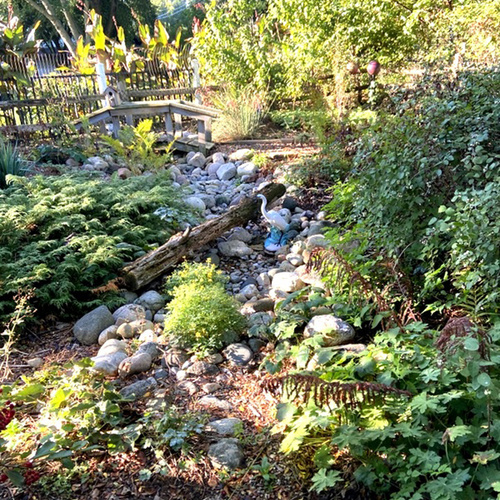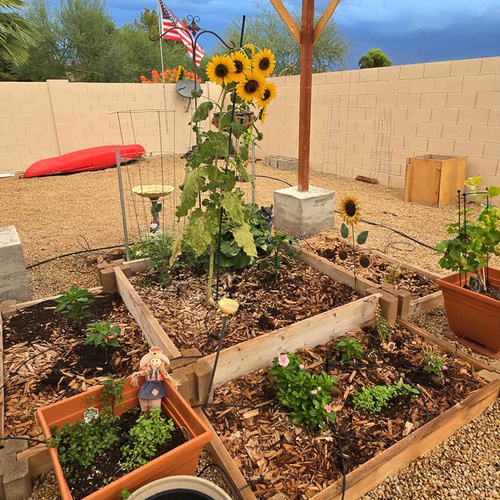The genus Agastache has become a garden staple in the Rocky Mountain Region since the introduction of sunset hyssop (Agastache rupestris, Zones 5–8) into the horticulture trade in 1996 by David Salman of High Country Gardens. Originally a rare plant from high mountains in the desert Southwest, the species was brought to David’s attention by plantswoman Sally Walker of Southwestern Native Seeds, who made some of the first collections of the species for horticulture. Since its introduction nearly 20 years ago, sunset hyssop has received the official stamp of approval for the Mountain West when it was accepted into the Plant Select® program. It can now be seen in medians, parkway strips, and xeric gardens across the West.
Common care confusion with agastache
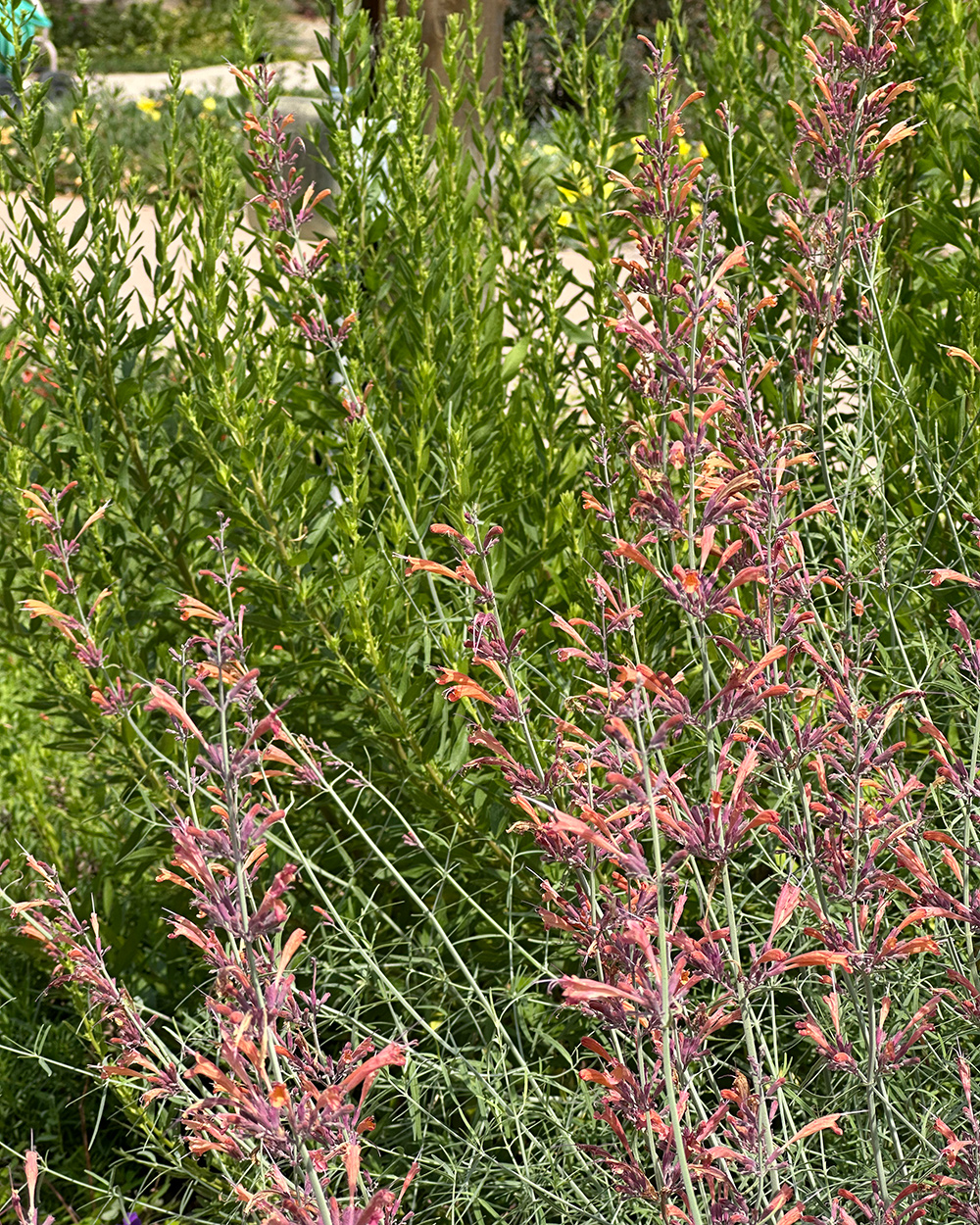
Despite the popularity of sunset hyssop—and the increasing popularity of its near relatives Texas hummingbird mint (Agastache cana, Zones 5–9), orange or dwarf hyssop (Agastache aurantiaca, Zones 7–9), and numerous hybrids—I frequently hear complaints from homeowners and professionals alike that their hyssop plants just don’t perform as well as expected. Often, in such cases, hyssop plants are planted like classic garden perennials, sited in locations with improper soil preparation or mulches and given excessive fertilization that causes these desert denizens to languish. A few simple cultural changes to where a gardener plants these long-blooming, easy-growing hyssop plants can make a significant impact on their longevity, as can making a few simple changes to their growing environment.
It’s also worth noting that a second group of agastache can be found in prairies, woods, and high mountains across North America. Such plants typically flower in white or a blue-purple color and feature a narrower plant shape with spade-shaped leaves. These plants are often better adapted to colder regions, prefer more moist garden conditions, and can be grown like traditional garden perennials. A notable example from said group would be the blue-flowering anise hyssop (Agastache foeniculum, Zones 3–8), which is native both to the American prairie and the edges of the Rockies. This piece focuses on the more out-of-the-box culture of the hyssops from desert regions of the West.
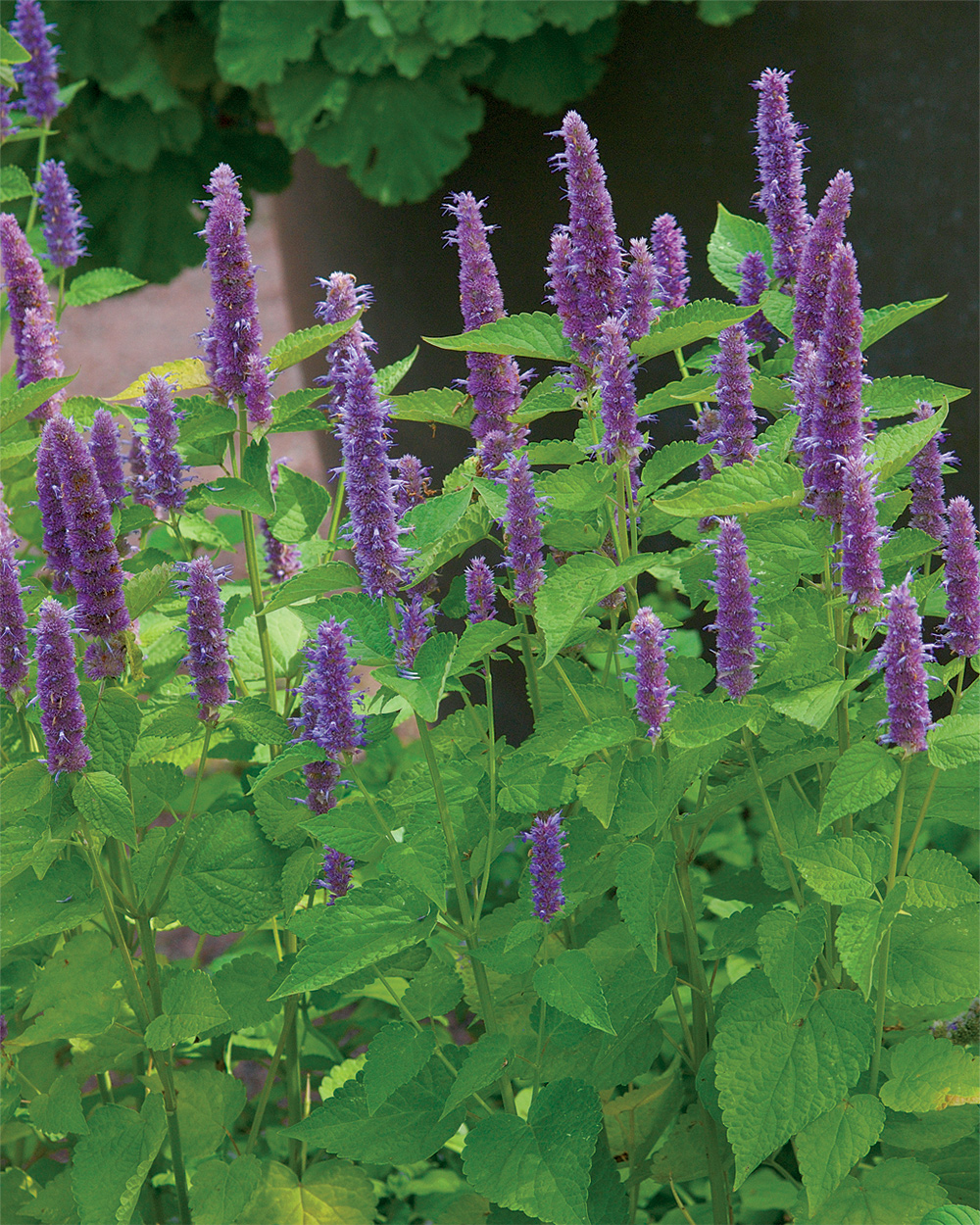
Planting and mulching
Perhaps the greatest Achilles’ heel of this group of desert plants is their susceptibility to rotting. Wood mulches retain too much moisture around the crown and modify the soil in a way that is not amenable to grit-loving desert plants. So stick to gravel mulches or no mulching at all. In a similar line of thought, your desert hyssop species will be much more reliable perennials when planted in locations that do not sit wet over winter. Therefore, it’s a good idea to avoid the edges of paths and driveways where snow may be pushed. At higher elevations, it’s wise to plant them in locations with a bit of radiant heat, such as near a large boulder or the warm side of a building. If they’re sited thoughtfully away from paths and mulched with gravel, hyssops in this group have been reliable even in my clay soil. Gardeners in wetter locales or with especially heavy soils will likely find that creating a soil berm, as you do when building a rock garden, can allow these hyssops to succeed if they first fail in a flat garden bed.
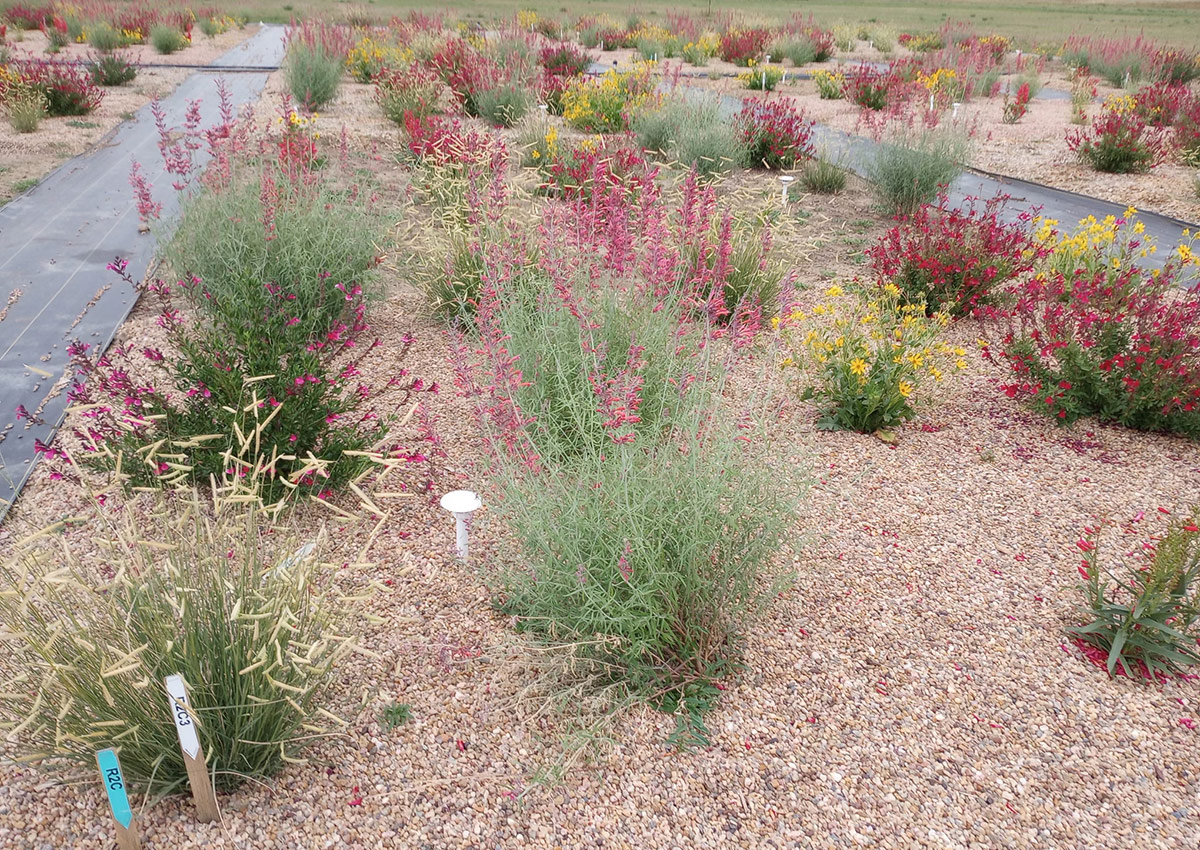
Watering
Second (and this may be counterintuitive), hyssop species are described as “water-wise,” but they grow and flower best when irrigated with some regularity. After all, they often grow in locations, like high mountains rising from the desert, that get reliable afternoon showers in late summer when these plants bloom. A deep weekly irrigation during summer heat will keep established plants growing and blooming enthusiastically, and more frequent waterings will be needed in the case of young transplants. Taper watering frequency as the temperature falls, and be sure to stop watering your agastache by early autumn to discourage them from producing excessive growth with cold weather at the doorstep. Long story short, don’t be tempted to fall into the “it’s a desert plant so it doesn’t want to be watered” trap, as the real preferences of these plants are more nuanced.
Avoid cold damage
Cold hardiness varies drastically in this group of plants. For example, A. aurantiaca is roughly a Zone 7 plant, while other species, like A. rupestris and A. cana, are true Zone 5 plants so long as they are in a well-draining location. So, for some on the edges of the region where winters are milder, more desert hyssop species can be grown. For most others in the region, stick to the hardiest of the bunch, and avoid hybrids with A. aurantiaca in the parentage.
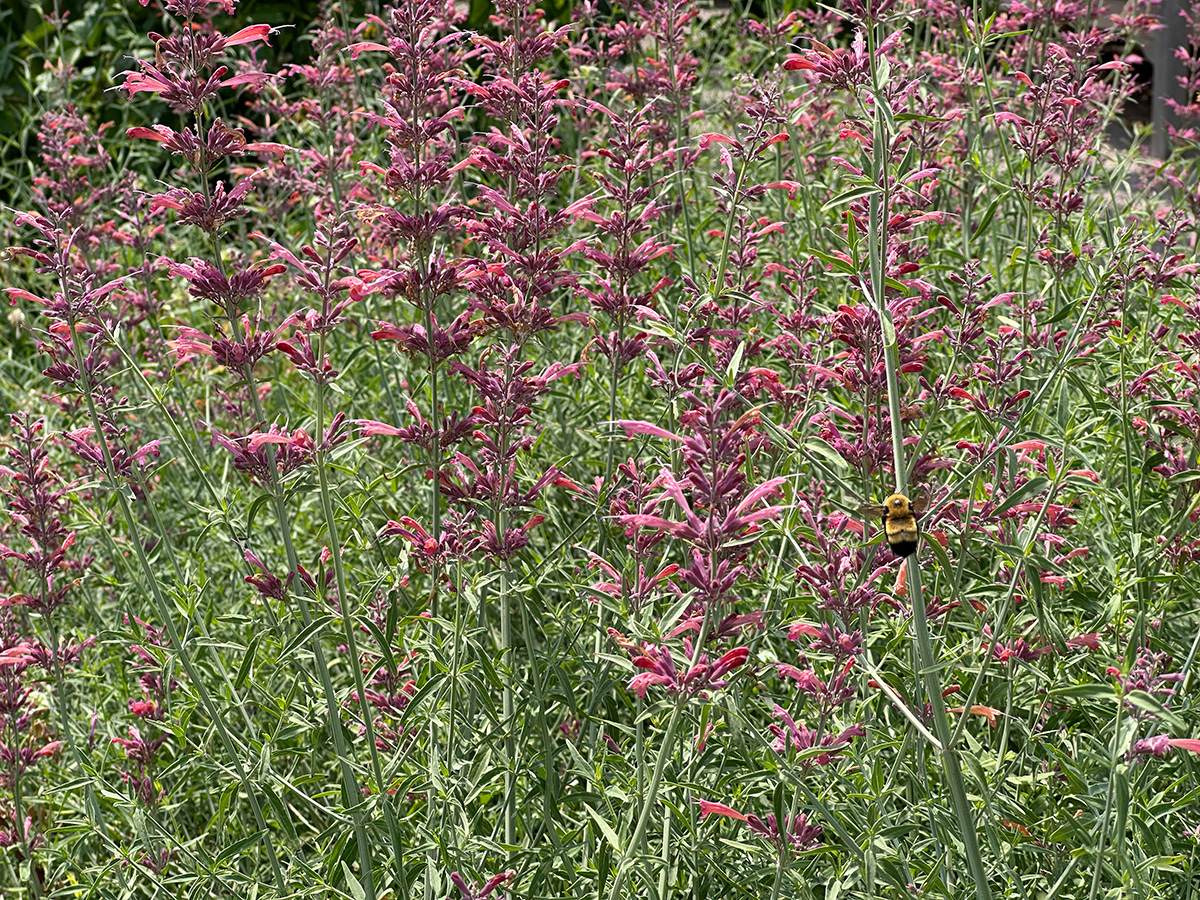
In my experience, the hardiest hyssops available in the desert group include A. rupestris and especially A. cana, as well as hybrids of the two. Most large-growing (3 to 4 feet or taller) agastache include one or both as parents and are good bets for gardens in at least Zone 5. One trick touted to prevent cold damage during our common late-spring cold snaps is simply to avoid cutting these plants back until all danger of frost has passed. The idea is that frost may be able to travel through the cut stems more easily. I haven’t seen hard evidence for or against this practice, but I find it an easy rule to adhere to. It doesn’t hurt the plants to do, and it may help. One trick that has helped my agastache plants consistently survive our winter is sticking to spring planting only. By having an extra few months in the ground before winter, my hyssop plants are better rooted and of a more mature size and can endure a longer winter than would be found in their natural habitats.
Let agastache self-sow to continue the show
Finally, agastache plants have moderate lifespans in cultivation, even if they are attended to with best cultural practices. So don’t be surprised if your plants only last around 5 years. A simple way to work around this, and one that will happen naturally if you site plants with gravel mulch or no mulch, is to let the plants self-sow. This way, you’ll always have a few new seedlings each year to compensate for older individuals that peter out. One of the most exciting aspects of growing agastache plants—hummingbirds aside—is to see your hyssop patch change as plants mix and mingle. Since several species in this group hybridize freely, including the especially hardy A. rupestris and A. cana, seedlings that pop up can feature new combinations of calyx and flower color, as well as variations in plant size and shape. Expect a variety of oranges, pinks, peaches, and salmons to pop up within a few years if you grow the two species together.
Learn more about bold summer bloomers:
Discuss this article or ask gardening questions with a regional gardening expert on the Gardening Answers forum.
And for more Mountain West regional reports, click here.
Bryan Fischer lives and gardens at the intersection of the Great Plains and the Rockies. He is a horticulturist and the curator of plant collections for a local botanic garden.
Fine Gardening Recommended Products
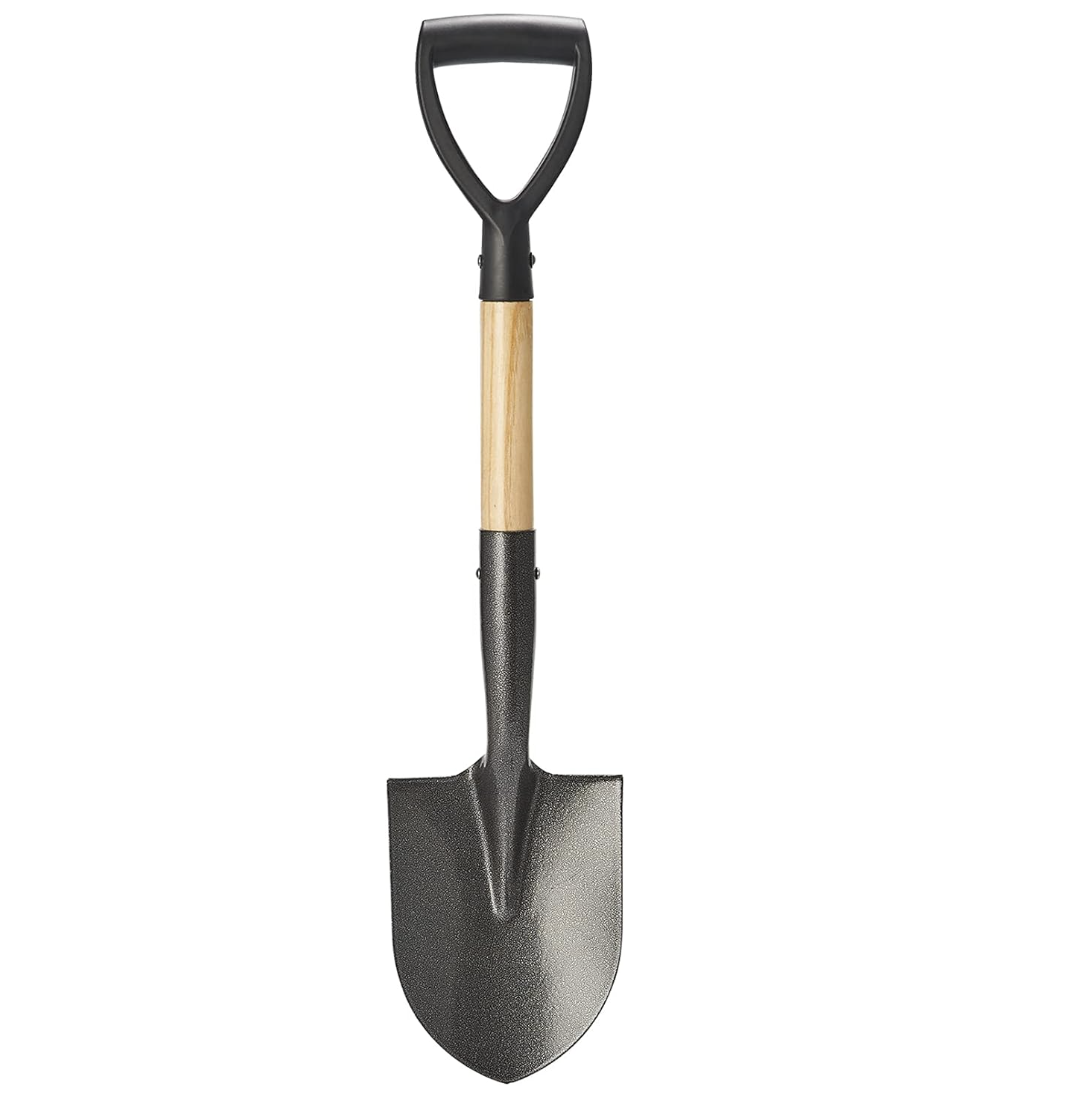
Corona® Multi-Purpose Metal Mini Garden Shovel
Fine Gardening receives a commission for items purchased through links on this site, including Amazon Associates and other affiliate advertising programs.
Longer Service Life: The blade of this round small shovel is made of carbon steel, which can effectively improve the hardness by high temperature quenching, and the surface has anti-rust coating to avoid rusting. In the process of use when encountering hard objects will not bend and deformation.
Sturdy Structure: The small garden shovel with D-handle, ergonomically designed grip can increase the grip of the hand when using, the handle is made of strong fiberglass, will not bend and break under heavy pressure. Quick Digging: Well-made digging shovel has a sharp blade, and the round shovel head is designed to easily penetrate the soil and cut quickly while digging to enhance your work efficiency.
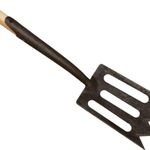
DeWit Spork with Solid Socket
Fine Gardening receives a commission for items purchased through links on this site, including Amazon Associates and other affiliate advertising programs.
Dimensions: 46″ L x 2.5″ W x 6″ H; 3.5 lbs. Combines the features of a spade and fork – patented design. Ventilated head slides through the soil with less friction. The boron steel blade will not bend, even with heavy-duty use.
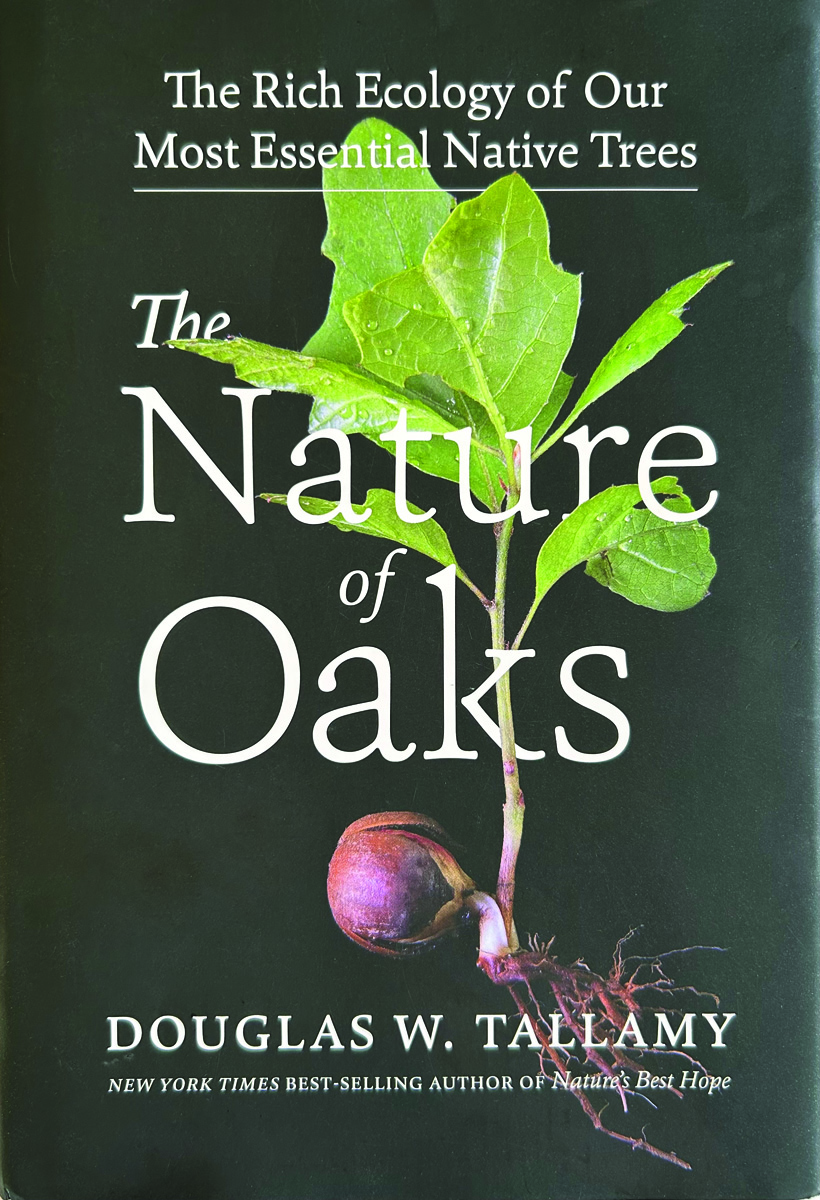
The Nature of Oaks: The Rich Ecology of Our Most Essential Native Trees
Fine Gardening receives a commission for items purchased through links on this site, including Amazon Associates and other affiliate advertising programs.
The Nature of Oaks reveals what is going on in oak trees month by month, highlighting the seasonal cycles of life, death, and renewal. From woodpeckers who collect and store hundreds of acorns for sustenance to the beauty of jewel caterpillars, Doug Tallamy illuminates and celebrates the wonders that occur right in our own backyards. He also shares practical advice about how to plant and care for an oak, along with information about the best oak species for your area.




